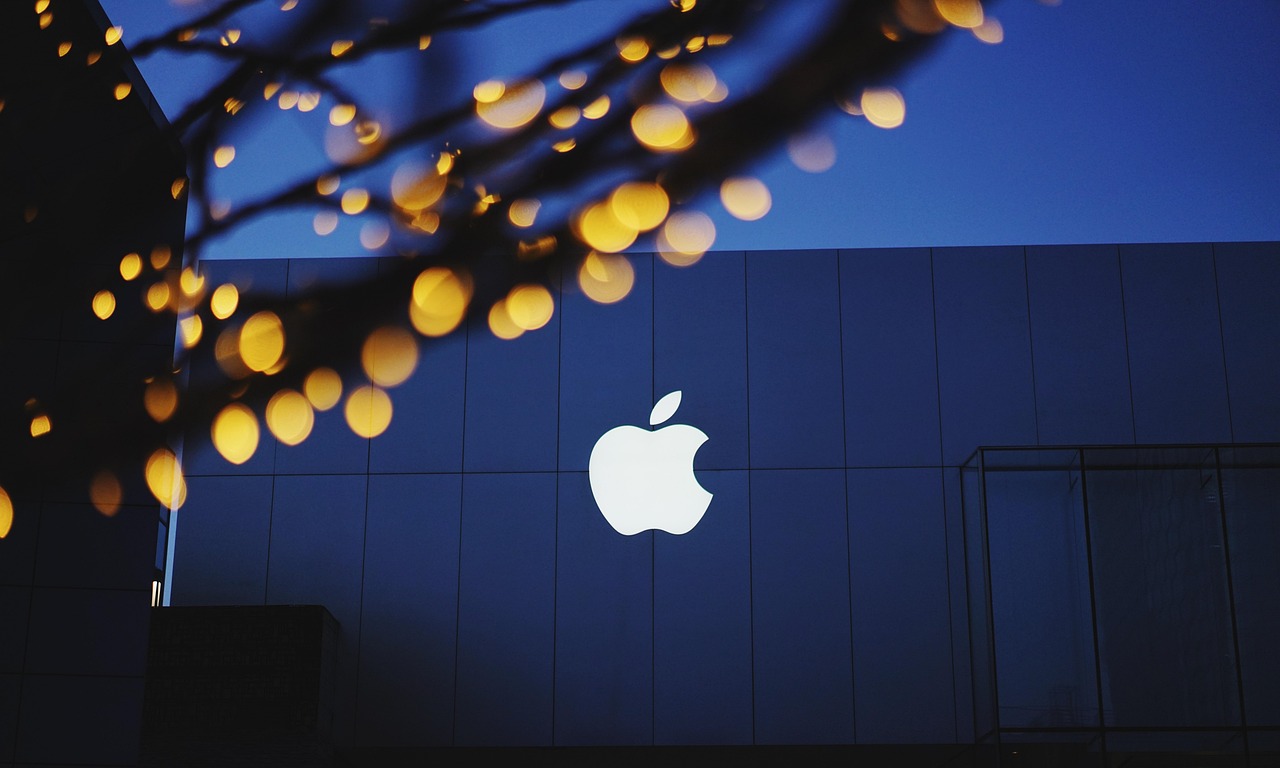Apple Brings Back the Headphone Jack — With a Twist: New USB-C Audio Cable Adds Lossless Audio to AirPods Max
In a move that will delight audiophiles and longtime Apple fans, the company is reviving the beloved 3.5mm headphone jack — but in a modern form. With the upcoming release of iOS 18.4, macOS 15.4, and a firmware update set for April, Apple is officially bringing USB audio support to its premium over-ear headphones, the AirPods Max. Alongside this update, Apple is introducing a brand-new accessory: a USB-C to 3.5mm audio cable that unlocks new capabilities.
Lossless Audio Finally Comes to AirPods Max
Until now, the AirPods Max could only support analog audio through the Lightning port or Bluetooth streaming. But that’s about to change. Once the new software and firmware updates roll out, users will be able to enjoy USB audio directly via a new firmware-enabled feature. This will include support for lossless audio — a major win for those seeking high-fidelity sound.
To complement this functionality, Apple is launching a dedicated cable called the “USB-C to 3.5 mm Audio Cable (1.2 m),” priced at €45 and shipping this week. It remains to be seen whether other, more affordable USB audio cables will also work with the AirPods Max. This compatibility will become clearer once the updates are publicly released. However, based on Apple’s implementation, there’s a good chance third-party cables could be supported too.
A Cable That Does More Than Just Connect
The new Apple cable features a USB-C connector on one end and a standard 3.5mm stereo jack on the other. It’s designed for use with analog audio sources — such as stereos or music players — allowing AirPods Max and Beats Studio Pro users to connect to external devices via the headphone jack. Apple says the connection provides ultra-low latency, making it ideal for gaming and content creation.
“Used with AirPods Max, this cable delivers extremely low latency, similar to the device’s built-in speakers, for the best experience in gaming or content production,” Apple stated.
Bidirectional Audio and Broader Compatibility
The cable is not just for receiving sound. It’s also capable of transmitting analog audio from a USB-C device to another device with a 3.5mm input. This means you can use it to send audio from an iPhone or iPad with USB-C to a car stereo, amplifier, or speaker system equipped with an auxiliary input.
According to Apple, the feature works seamlessly with USB-C-equipped iPhones and iPads, offering new flexibility for those who want to play audio through traditional analog systems.
A Modern Echo of the Lightning Cable
This isn’t the first time Apple has offered a solution for analog audio. The company previously sold a Lightning to 3.5mm audio cable tailored for the earlier generation of AirPods Max and Lightning-based iPhones and iPads. While that accessory has been discontinued by Apple, it remains available through third-party retailers.
For users still using Lightning devices, Apple also continues to sell a compact Lightning-to-headphone adapter, which allows analog audio output through the Lightning port. That accessory starts at €5.95 and has been included with iPhones in the past.
A Nod to the Past with a Focus on the Future
Apple’s reintroduction of the headphone jack — albeit through a USB-C adapter — is an interesting twist, especially considering the company’s earlier move to eliminate analog audio ports altogether. However, this new accessory reflects a growing recognition that professional users, musicians, and audio enthusiasts still value wired audio connections, especially for their reliability and minimal latency.
With the arrival of this new cable and upcoming firmware upgrades, the AirPods Max become even more versatile — now not only a premium wireless headset but also a high-quality tool for wired, lossless audio experiences.
The cable’s release marks a small yet significant step in bridging the gap between Apple’s digital-first philosophy and the enduring relevance of analog technology.

